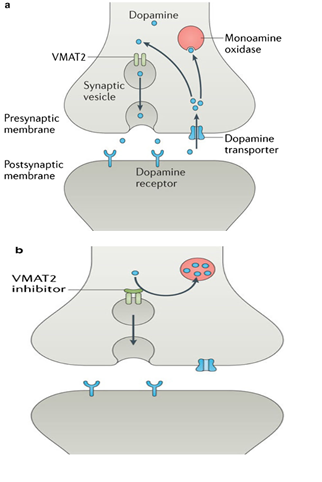Use of VMAT2 Inhibitors as a Therapy for Stuttering
Background
Stuttering is a chronic neuropsychiatric disorder that affects one percent of the population. Stuttering begins in childhood and persists, in most cases, throughout one’s lifetime. Spontaneous recovery can occur in younger children but by the age of eight years, if still present, the symptoms tend to continue through adulthood. Stuttering, also known as Childhood Onset Fluency Disorder, is a condition that can greatly impact an individual's social, occupational and academic functioning. Unfortunately, current forms of speech therapy are limited by relatively low response rates and high rates of relapse.
Brief Description
Dr. Gerald Maguire and his colleagues from the University of California, Riverside have developed a stuttering therapy that uses vesicular monoamine transporter 2 (VMAT2) inhibitors. The safety of VMAT2 inhibitors have been established given that small molecule VMAT2 inhibitors are approved for the treatment of hyperkinetic movement disorders. Treatment of stuttering provides relief from symptoms like facial tics, lip tremors, excessive blinking, facial tension, and frustration when attempting to communicate. This therapy holds promise for improving on the current treatments for both children and adults.

Fig 1 shows the mechanism of action of VMAT2 inhibitors where in a) VMAT2 sequesters dopamine in presynaptic vesicles and then b) VMAT2 inhibitors block vesicular storage of dopamine. Stuttering may be caused by high dopamine levels and VMAT2 inhibitors would decrease dopamine levels to treat stuttering.
Suggested uses
- A new pharmaceutical therapy for stuttering
Patent Status
| Country | Type | Number | Dated | Case |
| United States Of America | Issued Patent | 10,786,495 | 09/29/2020 | 2018-135 |
Contact
- Grace Yee
- grace.yee@ucr.edu
- tel: View Phone Number.
Other Information
Keywords
Vesicular monoamine transporter 2, VMAT2, inhibitor, stuttering, Childhood Onset Fluency Disorder
